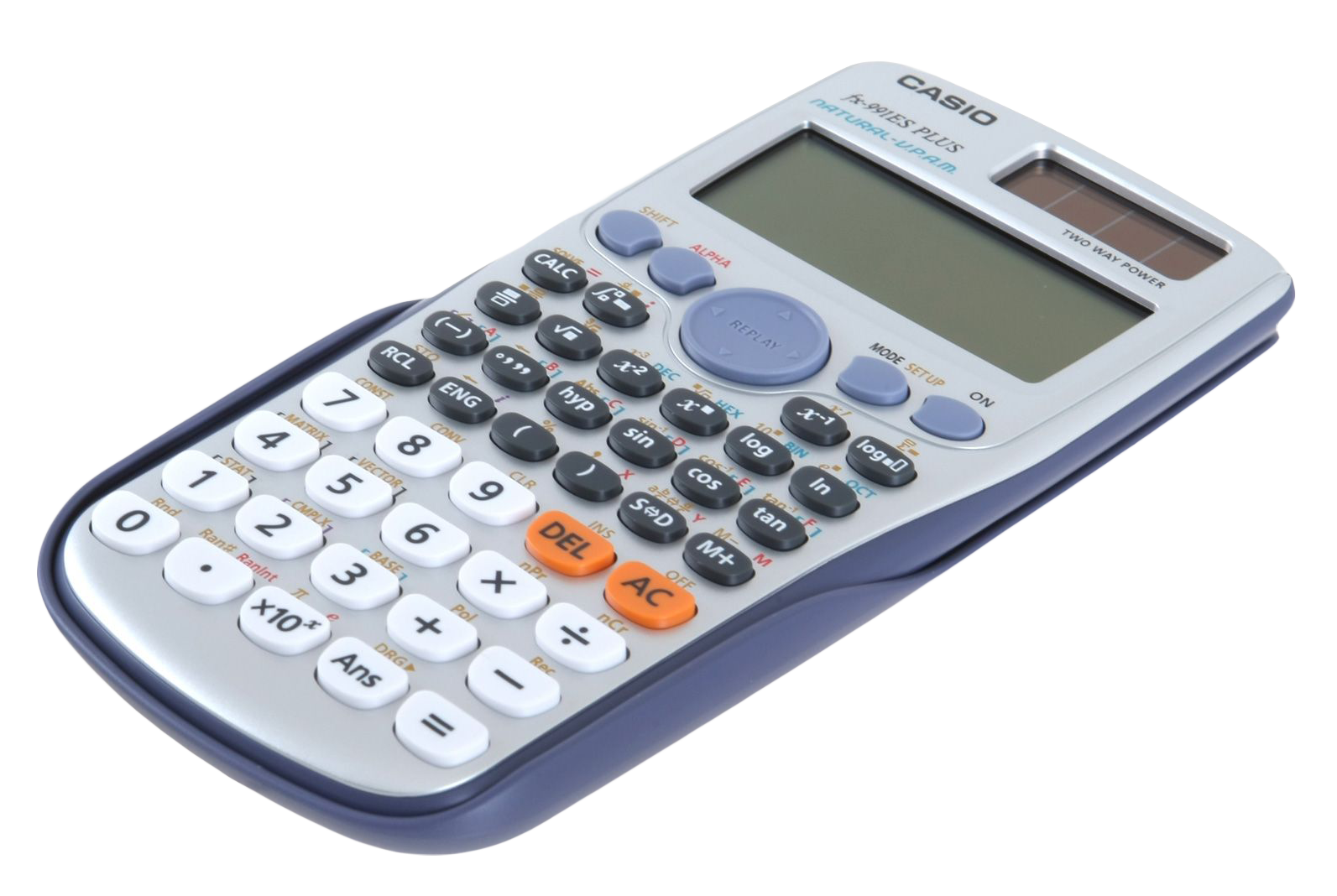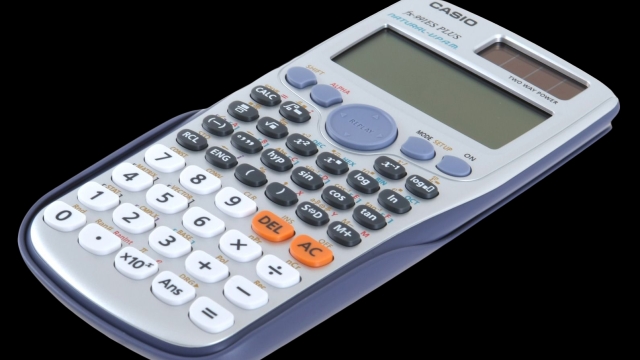
Welcome to the fascinating realm of the grade calculator, a tool that holds the key to unlocking the endless possibilities of academic success! Whether you are a parent concerned about your child’s progress, a teacher striving to provide accurate evaluations, a principal dedicated to maintaining academic standards, or a student eager to track your own growth, this innovative tool is here to revolutionize the way we understand grades.
Gone are the days of laboriously crunching numbers and sifting through piles of papers to determine academic standing. The grade calculator offers a simple yet powerful solution, streamlining the process and providing a clearer picture of performance. By inputting various assignment scores and weighting factors, this virtual wizard performs complex calculations to generate comprehensive grade reports in an instant. It removes the guesswork, replacing it with precise insight that is vital for informed decision-making.
This article is your guide to navigating the intricacies of the grade calculator, delving into its inner workings and unveiling the secrets it holds. As we delve deeper, we will explore the different types of grade calculators available, highlighting their unique features and functions. We will also discuss the benefits of incorporating this tool into our educational systems, fostering transparency, and fostering a more collaborative learning environment.
So, join us on this enlightening journey as we unravel the mysteries of the grade calculator and discover how it can revolutionize the way we approach grading and evaluation. Prepare to be amazed as we unlock the power of this essential tool, revolutionizing education for parents, teachers, principals, and students alike. Get ready to embark on an adventure that will forever change the way we understand academic performance.
Understanding the Grade Calculator
The grade calculator is a helpful tool that allows students, parents, teachers, and principals to accurately determine and track grades. It provides a convenient way to calculate and evaluate academic performance, helping stakeholders make informed decisions regarding progress and any necessary interventions.
Using a grade calculator is straightforward. It takes into account various components such as assignments, quizzes, tests, projects, and participation to calculate an overall grade. Each of these components is assigned a specific weight or value, which contributes to the final grade calculation.
To ensure accurate results, it is important to input the correct information into the grade calculator. This includes the weight or percentage assigned to each component, as well as the scores achieved by the student. By inputting this data accurately, the grade calculator can generate an objective grade based on the provided criteria.
Furthermore, the grade calculator can simplify the process of tracking academic progress. It allows stakeholders to monitor changes in grades over time, identifying areas of improvement or concern. This information can be shared and discussed among parents, teachers, and principals as they work together to support student learning and success.
Overall, the grade calculator is a valuable tool that simplifies and enhances the way academic performance is evaluated. By understanding how it works and utilizing it effectively, students, parents, and educators can gain insights into grade calculations and make evidence-based decisions to support student growth and achievement.
Benefits of Using a Grade Calculator
Time-Saver: A grade calculator can significantly reduce the time and effort required to manually calculate grades. Instead of spending hours crunching numbers, teachers, parents, and even students can simply input the required information into the grade calculator and obtain the results instantly. This allows educators to dedicate more time to planning lessons and providing valuable feedback to students.
Accuracy and Consistency: By using a grade calculator, the chances of human error in grade calculations are greatly minimized. The calculator uses pre-programmed formulas and algorithms to ensure accurate and consistent calculations, eliminating the possibility of miscalculations or discrepancies. This results in fair and reliable grading, promoting transparency and trust between teachers, students, and parents.
Data Analysis: Grade calculators provide a comprehensive breakdown of grades, allowing educators to analyze and assess student performance more effectively. These calculations can reveal valuable insights into areas where students may be struggling or excelling, enabling teachers to tailor instruction and interventions accordingly. Furthermore, the data generated by a grade calculator can be used to identify trends and patterns over time, facilitating evidence-based decision-making for curriculum development and student support.
Remember to check out the other sections of this article to learn more about the fascinating world of grade calculators!
Tips for Maximizing the Grade Calculator’s Potential
Set Realistic Goals:
Grade Calculator
When using the grade calculator, it is important to set realistic goals for yourself or your child. Don’t aim for perfection, but rather focus on steady improvement. By setting realistic goals, you can use the grade calculator to track progress and make necessary adjustments along the way.Regularly Update Grades:
Ensure that you update the grade calculator with the most accurate and up-to-date grades. Keeping track of current grades allows you to have a clear understanding of current performance and identify areas that may need improvement. Regularly updating the calculator will also provide a more accurate reflection of overall progress.Utilize the Feedback:
The grade calculator often provides valuable feedback on individual assignments or subjects. Make sure to review this feedback and use it as a learning opportunity. Whether it’s identifying areas for improvement or recognizing strengths, the feedback can help guide your future study plans and enable you to make the most of your academic potential.
Remember, the grade calculator is a tool that can assist in tracking progress and optimizing academic performance. By setting realistic goals, regularly updating grades, and utilizing the feedback provided, you can unlock the full potential of the grade calculator and enhance your overall learning experience.



